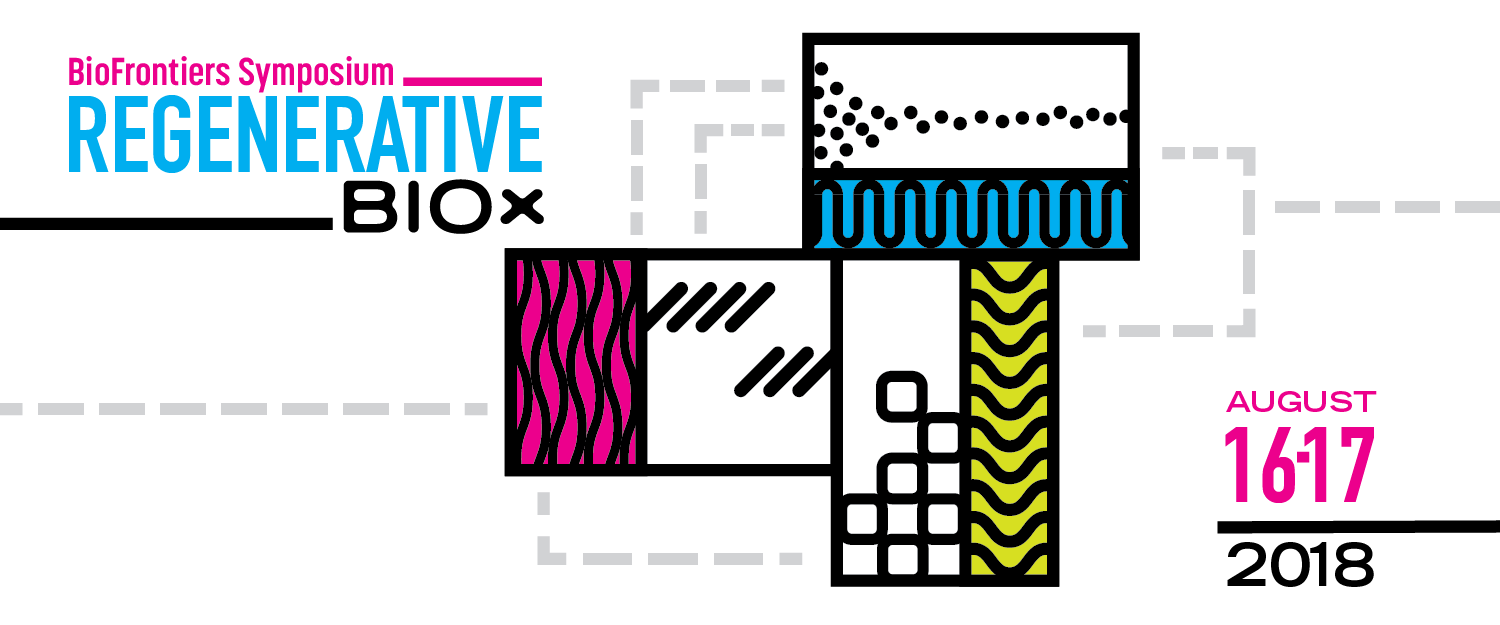Conference brings experts in regenerative medicine to CU Boulder

Some of the top researchers in the field of regenerative medicine attended the RegenerativeBIOX Conference on CU Boulder’s East Campus last week.
Hosted by the BioFrontiers Institute, the conference was designed to be interactive and help scientists and engineers from academia, national laboratories, students and industry partners identify and explore the growing challenges and opportunities in regenerative biology, engineering and me dicine. Especially those that require overlapping and converging research approaches, including advances like growing human organoids and tissues for drug screening or new cell based therapies to treat diseases like arthritis.
The event was co-sponsored through the CU Boulder College of Engineering and Science’s Precision Biomaterials Interdisciplinary Research Theme.That group of faculty and students within the college has similar goals to the conference: bringing together bioengineers and biomaterials scientist with researchers from the bioscience and medicine to pioneer new directions in healthcare products
“Like the Precision Biomaterials research theme, the goal for the symposium was to bring together a diverse group of people from those developing new technologies to those that are answering basic scientific questions to those that are treating patients,” Precision Biomaterials IRT Director and CU Distinguished Professor Kristi Anseth said. “The question was: How can we work together to make major discoveries that will impact human health.”
The interactive symposium and workshops were held at the Jennie Smoly Caruthers Biotechnical Building and featured speakers from Harvard University, University of California, Los Angeles, Columbia University and the Lawrence Berkeley National Laboratory, among others. The prestigious group included two members of the National Academy of Engineering, two members of the National Association of Manufacturers and one member of the National Academy of Sciences. They were jointed by nine working group leaders who were early to mid-career scientist from the across the nation. These individuals were selected for their creativity and demonstrated achievements, and they led the breakout sessions and community building. Nearly 200 people attended the conference in all, including CU graduate students, postdocs, facuty and research staff and representatives from neighboring institutions like Colorado State University, the Colorado School of Mines and the Anschutz Medical Campus.
While the first portion of the symposium followed a standard lecture format, it also featured ample time for questions from the audience on the various presentations. The three main themes of the lectures addressed advances in the chemistry and processing of biomaterials, in vitro tissue and disease models and manipulating tissue regeneration and biological responses in vivo.
The second half of the symposium saw attendees break into workshops to explore the issues discussed in the lecture, then share their perspective and possible plans with the whole group. Anseth’s vision was primarily to build a community to help tackle the grand challenges, and the outputs will be widely distributed, including a co-authored perspective by the meeting leaders that aims to shape collaborative research in regenerative medicine in the future.
“We wanted to reach not just within the walls of CU Boulder, but to extend our interactions and lead collaborations throughout the region, nation and world,” Anseth said of hosting the conference. “Our vision is to make us - the research theme, the BioFrontiers Institute, the college of engineering and CU Boulder - a hub of not only scientific activity, but leadership in transformative discoveries in regenerative biology, engineering and medicine.”

